National Indigenous History Month
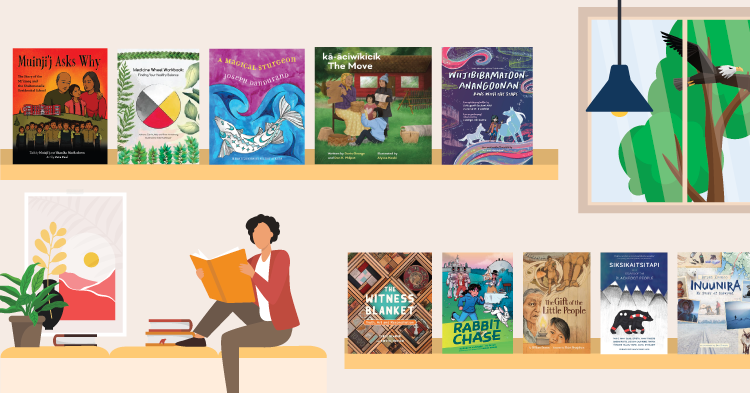
Originally published June 2022
The month of June is National Indigenous History Month in the country now called Canada. It is a time for Canadians to reflect on the history, diversity, and strengths of First Nations, Inuit, and Métis Peoples. National Indigenous History Month invites Indigenous peoples to celebrate their culture and heritage, to come together and share their stories.
During this month, non-Indigenous Canadians are encouraged to learn about the contributions that Indigenous peoples have made, and continue to make, to Canada and its history. This is also an opportunity to acknowledge the past and ongoing challenges that many Indigenous communities face, and to continue reconciliation efforts.
Here are 10 new books by Indigenous authors that can help students learn about the vibrant cultures and legacies of the First Peoples of Canada.
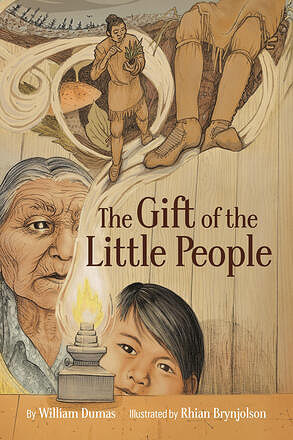
The Gift of the Little People
By William Dumas
Illustrated by Rhian Brynjolson
HighWater Press (February 2022)
Grade Level: 4–6
In this illustrated short story, Rocky Cree storyteller William Dumas shares a tale about finding hope in the face of adversity. When the Rocky Cree people begin to fall sick from a deadly illness, Elder Kākakiw must travel to the home of the Little People and find a cure before it’s too late.
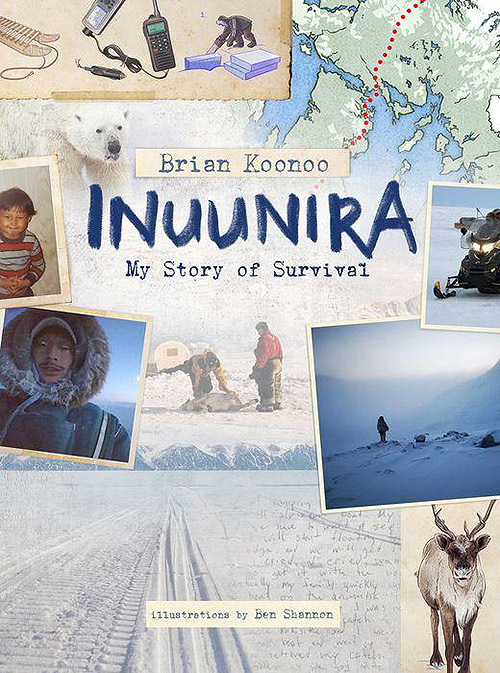
Inuunira: My Story of Survival
By Brian Koonoo
Illustrated by Ben Shannon
Inhabit Media (June 14, 2022)
Grade Level: 7–12
Brian Koonoo, a hunter and a resource management officer with Parks Canada in Nunavut, shares how he survived in the Arctic for seven days in this inspiring story. After his snowmobile broke down on a hunting trip, Brian used modern and traditional means of navigation taught to him by his father and Elders to travel 60 km in search of safety.
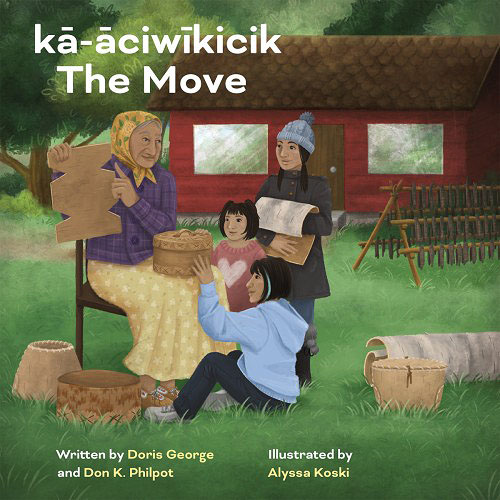
kā-āciwīkicik / The Move
By Doris George and Don K. Philpot
Illustrated by Alyssa Koski
Heritage House (May 2022)
Grade Level: K–3
Written in Cree and English, this magical children’s book tells the story of two Cree Elders who are relocated from their ancestral homeland. When the elderly couple first arrive in their new community of Easterville, it seems barren and lifeless. But soon, as family members begin to visit and the couple start to incorporate their old customs and traditions into their new environment, Easterville springs to life.
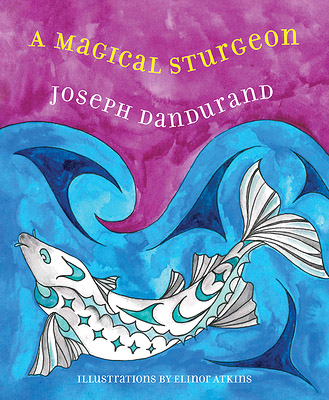
A Magical Sturgeon
By Joseph Dandurand
Illustrated by Elinor Atkins
Nightwood Editions (April 2022)
Grade Level: K–3
Joseph Dandurand is a master storyteller in the tradition of the Kwantlen people. In his second children’s book, he offers a charming lesson on the importance of sharing with other living things. A Magical Sturgeon follows the history of the sturgeon—spirit of the great river—and two sisters as they discover their connection with nature.
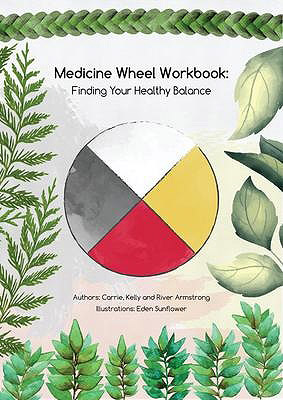
Medicine Wheel Workbook: Finding Your Healthy Balance
By Carrie, Kelly, and River Armstrong
Illustrated by Eden Sunflower
Medicine Wheel Publishing (April 2022)
Grade Level: 2–6
This workbook includes a selection of interactive activities centered around the teachings of the Medicine Wheel. For many Indigenous cultures, the Medicine Wheel represents balance and unity, and can be used as a guide for living a healthy life, both mentally and physically. The Medicine Wheel Workbook is an important classroom resource to share with students.
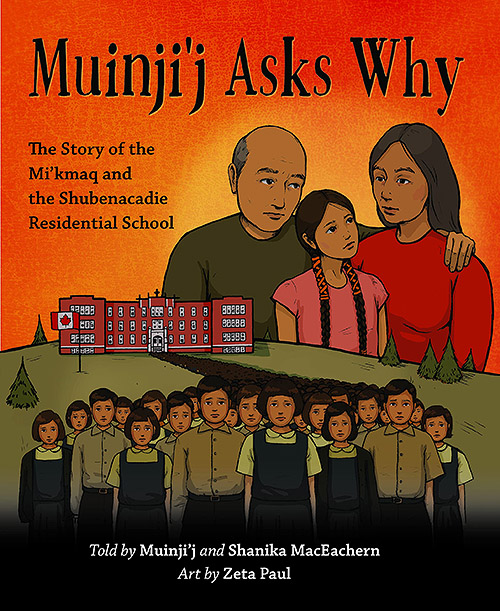
Muinji’j Asks Why: The Story of the Mi’kmaq and the Shubenacadie Residential School
By Shanika MacEachern and Breighlynn MacEachern (Muinji’j)
Illustrated by Zeta Paul
Nimbus Publishing (January 2022)
Grade Level: K–12
Seven-year-old Muinji’j has always known about residential schools, but after her class starts learning about them at school, Muinji’j has a lot more questions. Luckily her Nana and Papa are there to tell her the full story. Inspired by the true experience of Muinji’j (Breighlynn) MacEachern, Muinji’j Asks Why provides a heartfelt retelling of the Mi’kmaq and their history, while also delving into the lasting impacts of the Indian Residential School System.
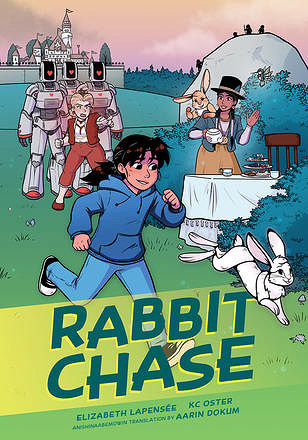
Rabbit Chase
By Elizabeth LaPensée
Illustrated by KC Oster, translated by Aarin Dokum
Annick Press (April 2022)
Grade Level: 3–7
This coming-of-age graphic novel combines Anishinaabe culture with the story of Alice in Wonderland to offer a unique look at Indigenous and gender issues. When Aimée, a non-binary Anishinaabe middle-schooler, accidentally wanders off on a class trip, they’re transported to an alternate dimension filled with traditional Anishinaabe figures. To find their way back home, Aimée must get help from water spirits known as Paayehnsag.
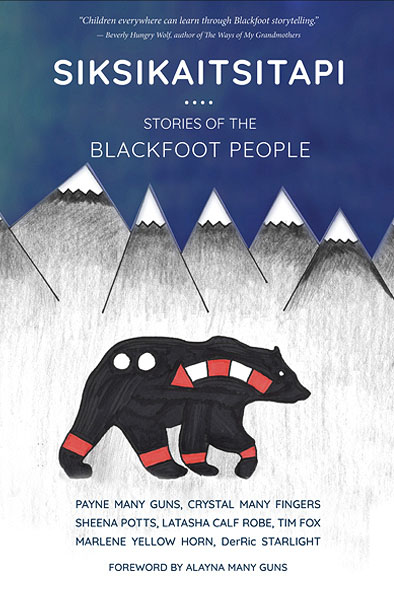
Siksikaitsitapi: Stories of the Blackfoot People
By Payne Many Guns, Crystal Many Fingers, Sheena Potts, Latasha Calf Robe, Tim Fox, Marlene Yellow Horn, and DerRic Starlight
UpRoute Books (April 2022)
Grade Level: 7–12
In this story collection, seven authors share personal, contemporary, and traditional stories of the Blackfoot people. Many of the stories are written in both Blackfoot and English. The book also includes beautiful full-colour illustrations.
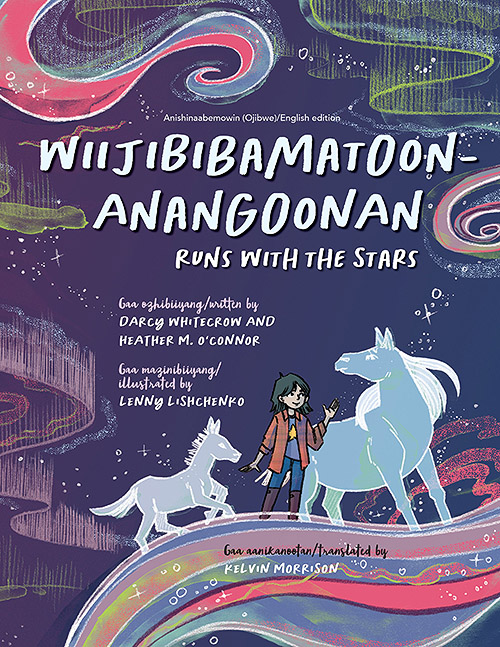
Wiijibibamatoon Anangoonan / Runs with the Stars
By Darcy Whitecrow and Heather M. O’Connor
Illustrated by Lenny Lishchenko
Translated by Kelvin Morrison
Second Story Press (May 2022)
Grade Level: 1–3
As a grandfather and his granddaughter wait for one of their horses to give birth, Grandfather shares stories with his grandchild about the Ojibwe horses that used to run wild and free in northwestern Ontario. Told in both English and Anishinaabemowin, this dual-language story teaches young readers about the essential bond between animals and humans.
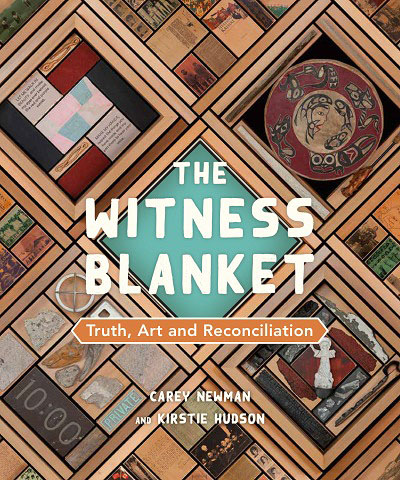
The Witness Blanket: Truth, Art and Reconciliation
By Carey Newman and Kirstie Hudson
Orca Book Publishers (April 2022)
Grade Level: 4–7
The Witness Blanket is a living work of art, a blanket made of solid objects that belonged to residential school Survivors. This book looks at how artist Carey Newman created the blanket, while also exploring the stories behind some of the objects, and the truths they tell about what happened at those schools.
